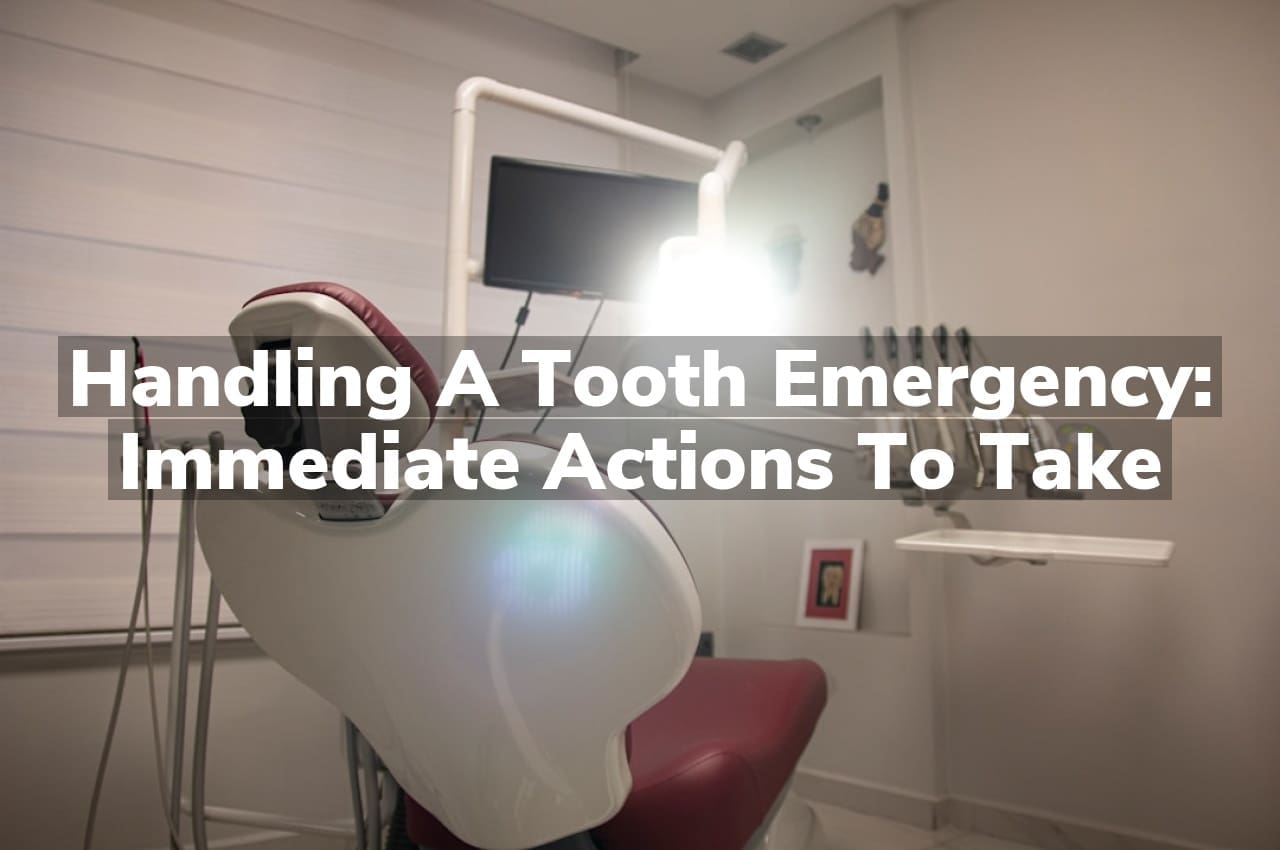Are you wondering where to go during a tooth emergency when immediate care is needed? Walk-in dental clinics specialize in addressing urgent tooth issues, providing access to care without the need for an appointment. These clinics help manage sudden dental problems efficiently and effectively.
Signs You Need Emergency Extraction
In the realm of dental health, recognizing the signs that indicate a tooth emergency requiring immediate extraction is crucial. Severe pain that doesn’t subside, swelling in the gums or face, and signs of infection such as fever or pus are clear indicators that something serious may be at play. These symptoms suggest that the integrity of the tooth or surrounding tissue could be compromised, potentially affecting overall health.
For those experiencing such symptoms, it’s important to seek professional evaluation promptly. Visiting Walk-In Dental Clinics for Urgent Tooth Issues can be a prudent step when faced with a potential tooth emergency. These clinics are equipped to assess and determine the appropriate course of action swiftly, ensuring that the situation is handled with the urgency it demands.
Types of Emergency Dental Extractions
In the realm of dental care, a tooth emergency can necessitate different types of emergency dental extractions, depending on the severity and nature of the issue. One common scenario involves the removal of a tooth that has been severely damaged due to trauma or decay, making it impossible to save through other means. Such extractions require urgent attention to prevent further complications or infections that could affect overall health.
Another scenario may involve the extraction of a wisdom tooth that has become impacted or is causing severe pain and potential damage to adjacent teeth. These situations highlight the importance of professional evaluation and management to address the immediate concerns effectively. For those experiencing a tooth emergency in the area, New Haven Emergency Dentistry Solutions can provide the necessary care with urgency and expertise.
Preparing for an Emergency Extraction
In the event of a tooth emergency that might necessitate an emergency extraction, understanding the general process can help manage expectations. When a tooth is severely damaged or causing intense pain, it might be identified as requiring urgent removal. This situation generally involves a professional evaluation to determine the severity of the issue and to decide the appropriate course of action. Recognizing the signs that might lead to such a decision is part of being informed about dental health scenarios.
The Emergency Extraction Procedure Explained
In the event of a tooth emergency that necessitates immediate removal, understanding the emergency extraction procedure is crucial. This process is typically conducted by a professional to address severe cases where a tooth cannot be preserved. During an emergency extraction, the primary goal is to carefully remove the tooth while minimizing discomfort. It’s important to handle such situations with urgency to prevent further complications.
For those in the New Haven area seeking professional care, New Haven Dentist at Westville Family Dental is available to assist with dental emergencies.
Pain Management After Dental Extraction
Following a dental extraction, individuals might experience varying degrees of discomfort, which is a natural part of the healing process. The intensity and duration of pain can differ based on several factors including the complexity of the extraction procedure and the individual’s general oral health condition. It’s common for the area around the extraction site to remain sensitive, which typically lessens as the healing progresses. Understanding the body’s response to such dental procedures can be beneficial for individuals as they navigate through their recovery phase.
Post-Extraction Dos and Don’ts
When dealing with a tooth emergency, particularly after an extraction, it’s crucial to follow specific dos and don’ts to ensure proper healing and avoid complications. Do keep the extraction site clean by gently rinsing with salt water and continue to brush your teeth carefully, avoiding the extraction site. Don’t smoke, use a straw, or spit vigorously, as these actions can dislodge the blood clot forming in the socket, leading to a dry socket, a painful condition. Additionally, avoid hard and chewy foods that might irritate the area. Following these guidelines can help manage your tooth emergency effectively and promote healing.
Complications from Dental Extractions
When dealing with a tooth emergency, particularly after dental extractions, it’s crucial to recognize potential complications that can arise. Common issues include dry sockets, infection, and bleeding. A dry socket occurs when the blood clot at the site of the extraction fails to develop or dislodges, leading to severe pain and delayed healing. Infections can result from bacteria entering the extraction site, necessitating prompt medical attention to prevent further health risks. Excessive bleeding post-extraction should also be monitored closely, as it can indicate other underlying problems. Understanding these complications is essential for effective management and recovery in a tooth emergency scenario.
Healing Timeline After Tooth Removal
When facing a tooth emergency that results in tooth removal, understanding the healing timeline is crucial for proper recovery. Initially, the first 24 hours are critical; you should manage bleeding with gauze and avoid disturbing the clot. Swelling typically peaks around 48 hours post-extraction and gradually subsides over the next few days. Complete healing of the gum tissue may take 3-4 weeks, while the bone can take up to 6 months to fully recover. During this period, follow your dentist’s care instructions meticulously to prevent complications and promote efficient healing.
When to Contact Your Dentist
In the event of a tooth emergency, knowing when to contact your dentist is crucial for preventing further damage and alleviating pain. Immediate contact is necessary if you experience a severe toothache, have a tooth knocked out, or notice significant swelling or bleeding. These symptoms can indicate serious issues that require prompt professional attention. Additionally, if you have lost a filling or crown, contacting your dentist as soon as possible can help save the tooth and prevent infection. Remember, quick action during a tooth emergency can be pivotal in preserving your oral health.
Conclusion
In any tooth emergency, it’s crucial to act swiftly. Call us at 203-691-5389 or read our reviews on Google Maps.

